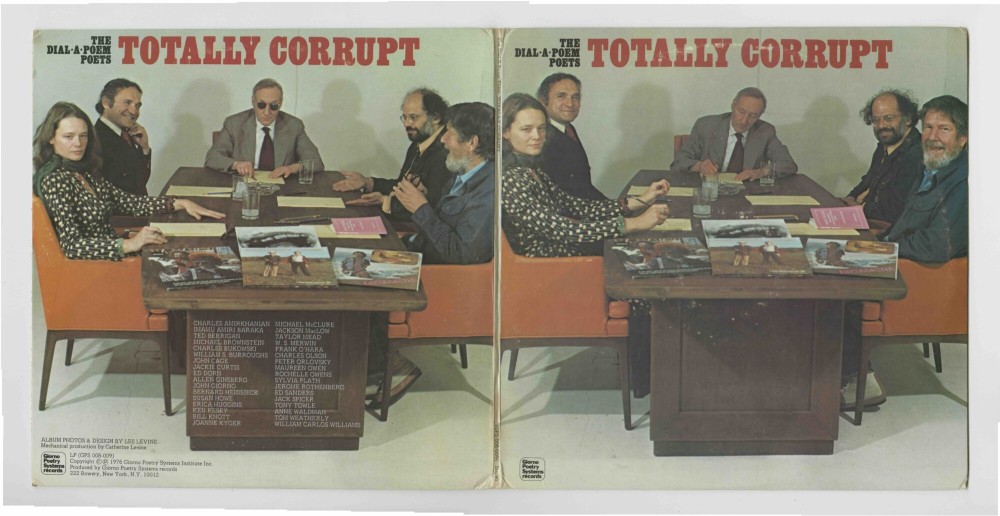
John Giorno: No Nostalgia
“I loved art before I loved poetry,” said poet, activist, and painter John Giorno (1936–2019). A fixture of the New York art and literary scenes of the 1960s, Giorno is widely noted for his encounters—intellectual, social, and sexual—with figures like poet Allen Ginsberg, writer William S. Burroughs, and painters Jasper Johns and Robert Rauschenberg, detailed in his posthumous memoir Great Demon Kings: A Memoir of Poetry, Sex, Art, Death, and Enlightenment (2020). His particular bond with Andy Warhol cemented his early notoriety; Giorno was the sleeping subject of Sleep (1964), Warhol’s six-hour underground film classic, making him one of Warhol’s first superstars. Giorno’s poetry, fusing spoken word, performance, and sound installation, aimed to democratize art in the mid-twentieth century. He captured the humor and horror of daily life in lines at once erotic, tender, and sly. His landmark Dial-A-Poem project (1968–) transformed the telephone into a public portal for poetry: Anyone could dial a number and hear a poem anytime, anywhere.